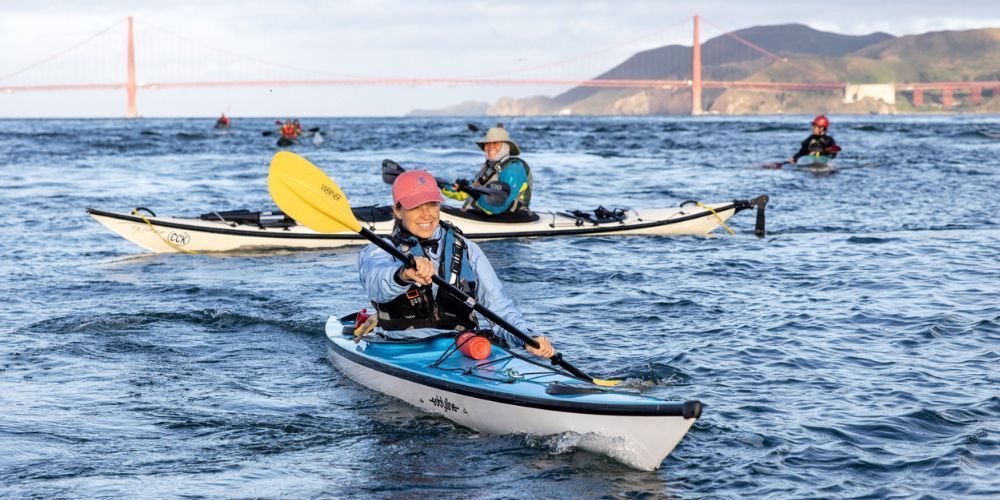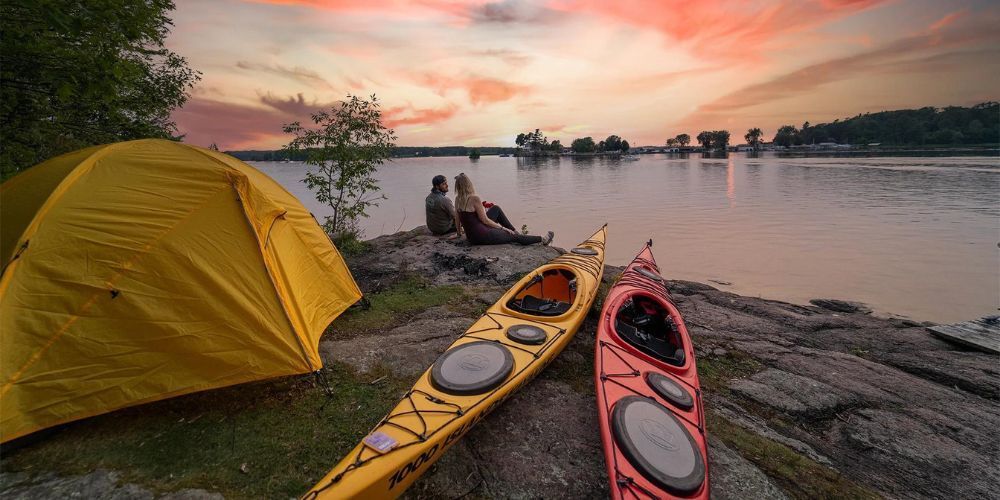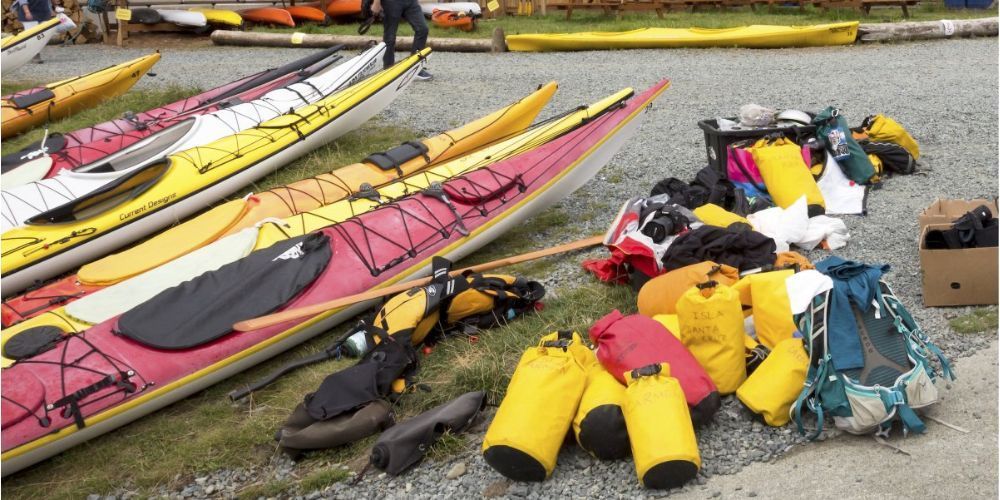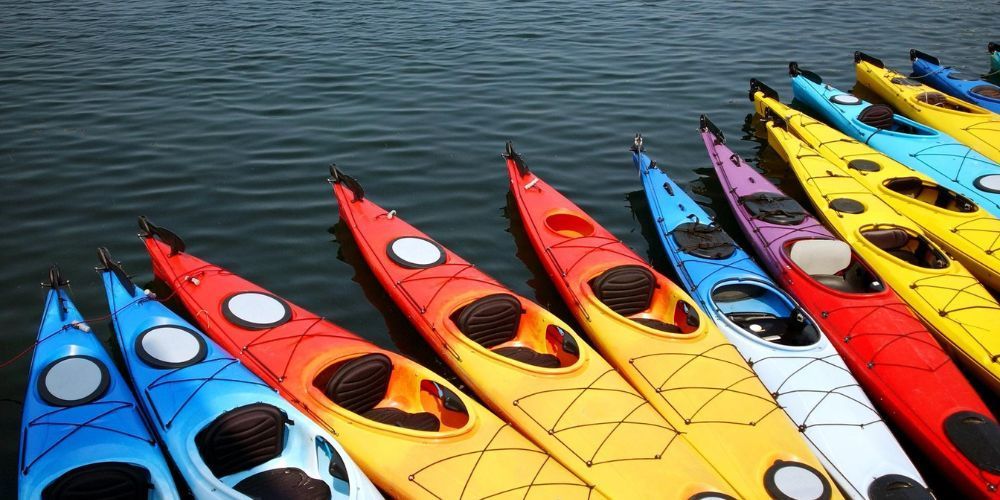Life Jackets for Water Safety: A Comprehensive Guide for Boating and Swimming
Life jackets aren't all cut from the same cloth. There's a variety tailored for specific water conditions and activities--like Type I jackets for open seas or Type III jackets for canoe adventures. You'd be surprised to know that materials make a difference too, like foam or inflatable options, each with its own pros and cons. So next time when you're heading out to the waters, ensure that the life jacket in your bag suits your adventure perfectly. Let's dive right into the details.
When selecting a life jacket, it's crucial to consider factors such as proper sizing to ensure adequate buoyancy and freedom of movement, material durability, weight capacity, and visibility features. Additionally, gender-specific designs tailored to the female body can enhance comfort and safety during water-based activities.
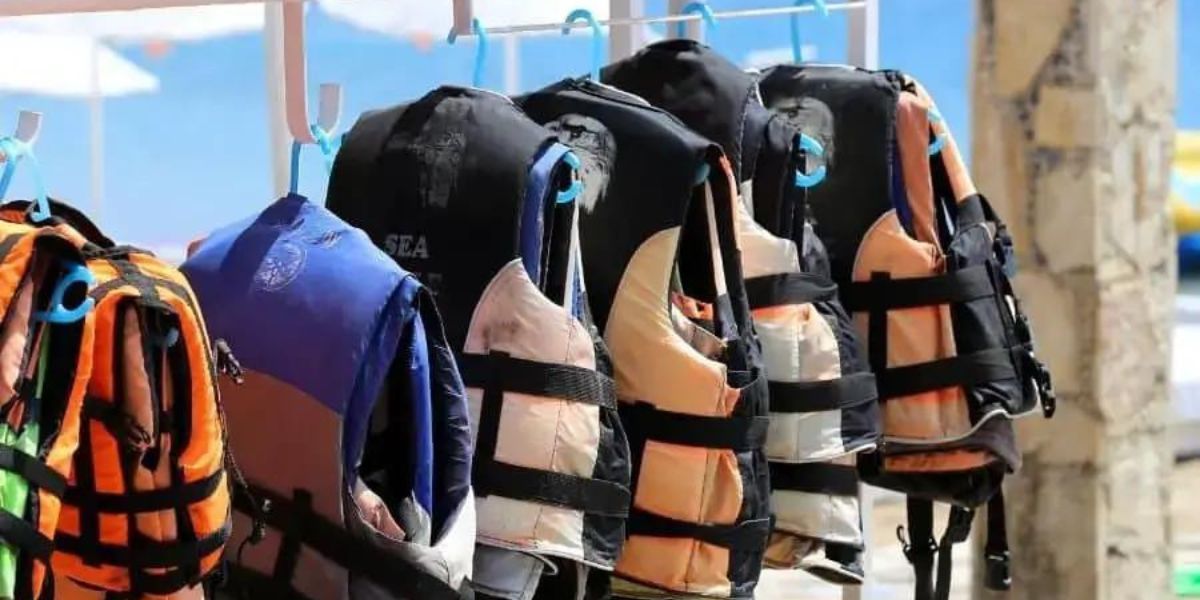
Different Types of Life Jackets
Ensuring your safety on the water hinges on choosing the right life jacket. By exploring the main types of life jackets and their intended uses, you can select the most suitable one for your water activities.
Type I - Offshore Life Jackets
Type I life jackets provide the highest buoyancy among all life jacket types, making them ideal for use in remote and rough waters. These jackets, often referred to as "offshore" life jackets, are designed to turn most unconscious wearers from a face-down position to a vertical or slightly backward position. They are best suited for open, rough, or remote waters where rescue may take a while.
Type II - Near-Shore Buoyant Vests
Type II life jackets, also known as near-shore buoyant vests, are tailored for use in calm, inland waters where quick rescue is likely. They offer good buoyancy and can turn some unconscious wearers from face-down to a vertical or slightly backward position. Less bulky than Type I jackets, they are generally more comfortable for extended wear, making them suitable for recreational boating activities.
Type III life jackets, also called flotation aids, are intended for use in calm waters where there is a good chance of quick rescue. They are designed to help conscious users stay afloat but may not be effective for long hours in rough waters. These jackets are fitting for activities such as kayaking, canoeing, and water skiing where comfort and freedom of movement are essential.
Type V life jackets encompass various styles designed for specific activities such as windsurfing, waterskiing, or personal watercraft operation. These jackets must be worn when engaged in the specified activity. While they offer many advantages for specialized activities, understanding their proper use and maintenance is crucial.
Understanding the different types of life jackets is vital for ensuring your safety on the water. Matching the type of life jacket to your specific activity and water conditions is a crucial step towards being well-prepared in case of an emergency. Each type has its own merits and considerations, providing a range of options to suit various water activities and environments.
Moving forward, let's now explore the pros and cons of foam and inflatable jackets—a critical comparison that can shed light on the best choice for your specific needs.
Pros and Cons of Foam and Inflatable Jackets
Foam life jackets offer reliable buoyancy without the risk of deflation, making them a solid choice for water safety. However, they are generally bulkier and less comfortable for extended wear.
In contrast, inflatable life jackets provide a more comfortable option for continuous wear, with less restrictive movement. However, they require regular maintenance and inspection, posing a risk of deflation if not properly handled.
Foam life jackets are the classic, dependable option. They are filled with buoyant materials that keep the wearer afloat regardless of external factors. This reliability makes them a popular choice among boaters and swimmers. However, many find foam life jackets to be bulkier and less comfortable for extended wear. When wearing a foam life jacket for an extended period, it may become uncomfortable due to its size and lack of flexibility.
Let's think about it - Have you ever worn a bulky jacket outside on a hot day? It can be pretty uncomfortable, right? Similarly, foam life jackets can be a bit cumbersome for activities like swimming or water sports that require a lot of movement.
In contrast, inflatable life jackets are designed to be more comfortable during continuous wear. They are less restrictive, allowing for better movement and flexibility while engaging in activities such as fishing or paddleboarding. However, they come with their own set of responsibilities.
As they rely on air to provide buoyancy, inflatable life jackets need regular maintenance and inspection to ensure they function properly when needed. If an inflatable life jacket is not properly cared for or handled, there is a risk of deflation which compromises its effectiveness in an emergency.
Therefore, when choosing between foam and inflatable life jackets, it's crucial to weigh the trade-offs. Foam jackets offer reliability and peace of mind without the need for regular maintenance but may sacrifice comfort over time. Inflatable jackets prioritize comfort and freedom of movement but demand responsible upkeep to ensure their effectiveness in water emergencies.
Understanding the advantages and disadvantages of each type is important as it allows you to make an informed decision based on your specific activities and preferences. Each person's individual needs and priorities will determine which type of life jacket is best suited for their water adventures.
Now that we've explored the different types of life jackets and their pros and cons, let's dive into the key features that make these essential safety devices effective and reliable.
Key Features of Life Jackets
Life jackets are more than just bright-colored vests. They are designed with features that can potentially save lives and enhance comfort during water activities. Let's explore the key components that differentiate a standard life jacket from the exceptional ones.
Adjustable Straps
Properly fitting life jackets are crucial for safety, and adjustable straps ensure a secure fit for people of different sizes. It's important to ensure that the jacket stays in place even when tugged up to the neck and nose.
Reflective Strips
Reflective strips enhance visibility in low light conditions, making it easier for rescuers to spot wearers from a distance. This feature is especially important during nighttime or when visibility is poor.
Whistle
The presence of a whistle on a life jacket is crucial for signaling in emergencies. It can be used to alert others if you're in distress or need help, making it an essential addition to any life jacket.
Pockets
Some advanced life jackets come with pockets for storing small essentials like keys, a safety knife, or a communication device. These pockets provide convenience and ensure that necessary items are readily accessible in case of an emergency.
Different activities may require different types of life jackets. For example, if you're out kayaking or canoeing, you might want a life jacket specifically designed for those activities. These could have extra features like attachment points for equipment such as rescue knives or whistles tailored for water sports.
In summary, life jackets encompass an array of design elements, from adjustable straps for a secure fit to reflective strips for high visibility, and pockets for practical storage. With additional features like mesh panels and quick-drying fabrics, modern life jackets aim not only to ensure safety but also to prioritize wearer comfort during water activities.
With an understanding of the key features of life jackets , it's now time to delve into how weight and buoyancy play critical roles in ensuring effective water safety.
Understanding Weight and Buoyancy
When it comes to water safety, understanding weight and buoyancy is crucial. Imagine this – you're out on the open water, enjoying a beautiful day, and then suddenly something goes wrong. If you fall into the water, you'll want your life jacket to keep you floating safely until help arrives. That's where buoyancy comes in.
Weight Capacity and Buoyancy
Here's the deal: when you're in the water, your body naturally wants to sink. This is where a life jacket with the right amount of buoyancy comes in to save the day. The United States Coast Guard (USCG) sets rules for this— an adult life jacket must provide at least 15.5 pounds of buoyancy.
Now, here's how this works. Let's say a person falls into the water wearing a life jacket that provides enough buoyancy based on their weight. That jacket will keep them floating comfortably and help them breathe, even if they're not a strong swimmer.
Choosing the Right Life Jacket
First things first—consider your body weight when selecting a life jacket. You need to make sure that the jacket can support your weight without any issues.
Let's Talk Buoyancy Ratings For adults, a Type III life jacket should have at least 15.5 pounds of buoyancy while inflatable life jackets typically provide around 22.5 pounds. Kids' jackets are usually designed to provide about 11 pounds of buoyancy.
To put this into perspective, a person who weighs about 220 pounds will need a life jacket rated for that weight or more–at least 15.5 pounds of buoyancy—to ensure that they stay afloat in an emergency.
If you choose a life jacket with less buoyancy than needed, it may not be able to hold you up properly if you fall into the water. So, it's really important to get this right.
Get ready to learn more about how different materials make a difference in your life jacket choice. Keep reading to understand material considerations!
Importance of Proper Sizing
When it comes to life jackets, the right fit is everything. It's not just about comfort, but wearing a properly sized life jacket can be a matter of life or death. Think of it as finding the perfect superhero suit - it needs to fit just right to save the day!
Consider this - if you're boating and suddenly find yourself in the water unexpectedly, you want to be confident that your life jacket will keep you safely afloat until help arrives. The last thing you want at that moment is for your oversized or undersized life jacket to compromise your safety.
When trying on a life jacke t, it should fit snugly but not so tight that it's uncomfortable or restricts breathing. Just like a hug from a good friend, it should feel supportive and secure.
It's clear that proper sizing isn't just about comfort – it ensures your safety when you are out on the water. Now, let's move on and discuss the different types of life jackets available according to varying activities and situations.
As we navigate through the world of life jackets, our next crucial port of call is exploring the diverse range of life jackets designed to meet specific safety needs and environments.
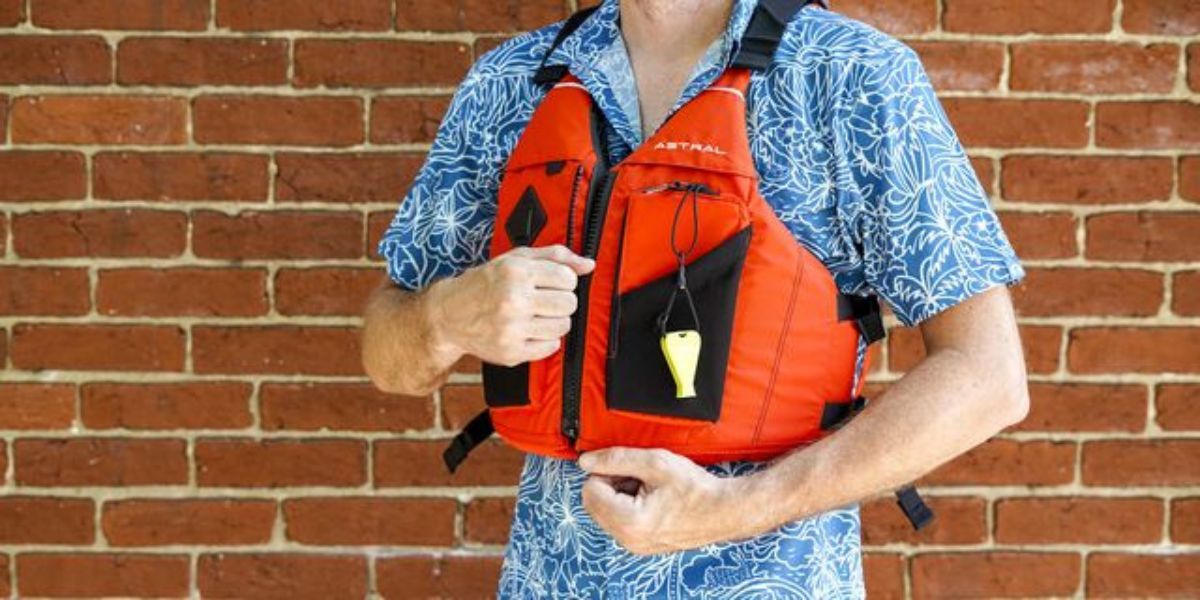
Secure Closures for a Snug Fit
A properly secured life jacket is essential for staying safe in the water. Look for life jackets with reliable closures such as buckles, zippers, or hook-and-loop fastenings. These features help ensure a snug and secure fit, preventing the life jacket from coming off unintentionally in case of an emergency.
Expanding on Closure Options
- Buckles provide a sturdy and adjustable closure system, allowing wearers to customize the fit according to their body shape.
- Zippers offer a secure fastening and are useful for quick wear and removal, especially in situations where time is of the essence.
- Hook-and-loop fastenings, commonly known as Velcro, provide an easily adjustable closure method.
These different closure options accommodate preferences and specific needs, providing users with choices that align with their comfort and safety requirements.
Durability and Reinforced Seams
Look for life jackets made from durable materials with reinforced seams. These materials and construction techniques are vital for withstanding the rigors of water activities. Robust seams ensure that the life jacket maintains its integrity even under pressure or prolonged use, reducing the risk of tearing or breakage when it matters most.
Additionally, consider the quality of the materials used in the construction of the life jacket. Nylon, neoprene, and polyester are common materials known for their durability and water-resistant properties. These materials contribute to the longevity and reliability of the life jacket, ensuring it remains effective over time.
For instance, nylon is valued for its strength and resistance to abrasion, making it an excellent choice for outer shells and reinforcement areas. Neoprene is renowned for its flexibility and insulation properties, providing comfort and mobility while maintaining buoyancy. Polyester is often used in combination with other materials to enhance durability and quick-drying capabilities.
Proper fit is crucial for a life jacket to be effective. Consider the size, adjustability, and comfort when choosing a life jacket.
By prioritizing secure closures and durable construction in your selection of a life jacket, you can ensure that it not only fits well but also stands up to the demands of water-based activities, offering reliable safety when you need it most.
As we delve into the significance of wearing a life jacket for various water activities, it becomes evident that these essential pieces of gear play a pivotal role in ensuring safety on the water.
Why Wearing a Life Jacket Matters
When you're out on the water, whether it's for boating, fishing, or any water activity, risks are always present. The peace and calmness of the water can be deceptive—conditions can change, accidents can happen, and even the most experienced swimmers and boaters may find themselves in unexpected trouble. This is where wearing a life jacket becomes crucial.
The numbers speak for themselves. In 2019, the U.S. Coast Guard reported that 86% of fatal boating accident victims who drowned were not wearing a life jacket. Notably, according to the National Safe Boating Council, wearing a life jacket can reduce the risk of drowning by 50%. These statistics provide undeniable evidence that wearing a life jacket significantly increases your chances of surviving a water-related accident.
Wearing a life jacket isn't just a personal choice; it's a crucial safety measure that every water enthusiast should adhere to.
It's easy to underestimate the risks associated with being on the water, especially when everything seems fine and calm. People might think they're strong swimmers and feel confident about their ability to stay afloat in an emergency. However, accidents can happen suddenly and unexpectedly. They might involve injuries or even unconsciousness due to unexpected incidents like slipping on a wet surface or getting hit by an unexpected wave.
The U.S. Coast Guard's report clearly indicates that fatalities are more likely to occur if individuals aren't properly protected by wearing a life jacket. The simple act of donning a life jacket could make all the difference in survival—certainly the best defense against unforeseen circumstances.
Aside from these statistics, there are other factors that underscore the importance of wearing a life jacket. One key point is that water conditions can change rapidly. Strong currents, tides, unpredictable waves, or changing weather can turn calm waters into tumultuous ones within moments.
For instance, if you're out on a boat and it capsizes or springs a leak, you may find yourself struggling in rough waters. In such situations, even strong swimmers may struggle to stay afloat, especially when dealing with panic or shock.
Wearing a life jacket is like having insurance—it provides a safety net when things unexpectedly go wrong. It’s your support system in case of emergency.
By understanding the potential risks and the significant role that life jackets play in water safety, it becomes crystal clear why wearing one is non-negotiable when spending time on or near bodies of water.
When it comes to water safety, preparation is key. Equipping yourself with lifesaving gear like a reliable life jacket can make all the difference between danger and safety. Always prioritize safety when enjoying water activities.
Nature's Playbook
As an Amazon Associate I earn from qualifying purchases.




